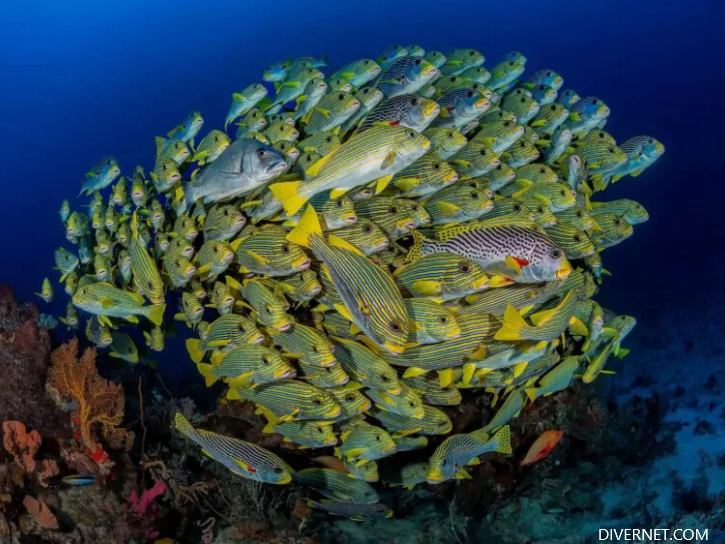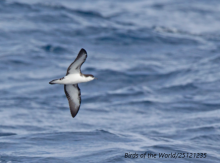
In just over two decades, Raja Ampat – the “Four Kings” of Indonesia’s remote West Papua region – has transformed from an obscure backwater into one of the world’s most coveted diving destinations. When I first visited in 2005, dive operations were limited to a handful of liveaboards and makeshift eco resorts. Today, nearly 100 boats ply those waters during peak season, and accommodation ranges from basic village homestays to luxury resorts. What hasn’t changed though is the breathtaking landscape and the underwater biodiversity, which remains as vibrant as ever.
Back then, shark sightings were rare. Now, top predators have rebounded, and encounters with reef and oceanic manta rays are increasingly common and Raja Ampat is one of the few places on Earth where manta populations are growing. Above water, infrastructure has improved just as dramatically. Sorong now has a modern airport and city amenities including malls and hotels. The question is: how did Raja Ampat grow so much, while protecting its environment?









